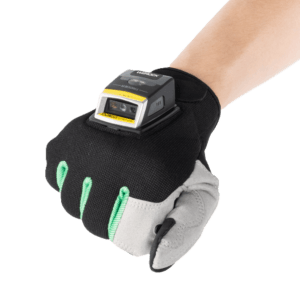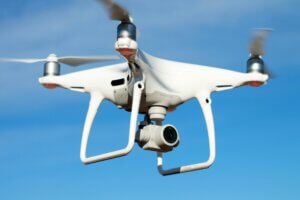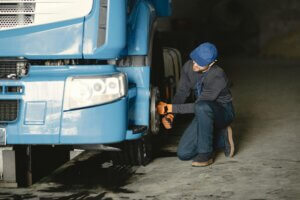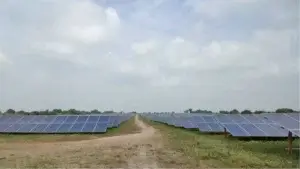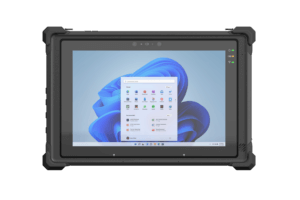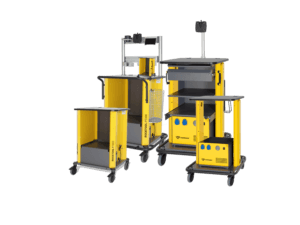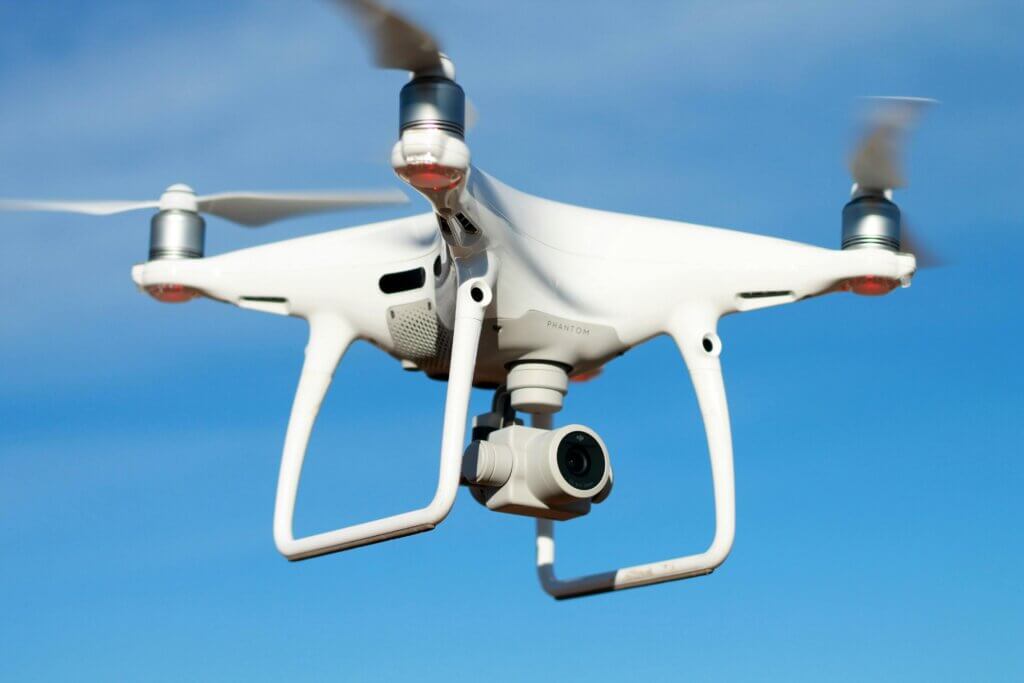An overview of their versatility
Drones have long since developed from purely recreational devices into indispensable tools in numerous sectors. Whether in industry, agriculture, the military or rescue services – the possible applications are diverse and are revolutionizing traditional work processes. It is not only technical progress that plays a role here, but also uniform regulations within the EU that enable the safe and responsible use of drones. This overview shows how drones are used in various industries, the legal framework that applies to drone pilots in Europe, and accessories that optimize drone work and provide additional safety.
Fundamentals of drone use in the EU
All EU countries have standardized rules for the use of drones (so-called AUS = unmanned aerial systems). The European drone regulation differentiates between three categories, three sub-categories and four risk classes according to weight and performance. The “open” category includes the majority of drones and is therefore explained in more detail. The following criteria must be met:
- Completion of liability insurance
- Minimum age of 16 years
- Maximum take-off weight under 25 kilograms
- Maximum 120 meters above the ground
- Direct visual contact between pilot and flying object
- Green visual light at night
- Flying over crowds at night prohibited
- No transportation or dropping of (dangerous) objects
Now that the basic rules and requirements for drone pilots in the “Open” category have been explained, the question arises as to how versatile and useful drones can actually be in various industries. The potential for unmanned aircraft systems is considerable, ranging from critical infrastructure inspection to innovative applications in agriculture and forestry. The following section takes a closer look at some of the key application scenarios in various sectors and shows how drones are already helping to increase efficiency, reduce costs and open up new opportunities.
Mission scenarios for drones: From inspection to rescue missions
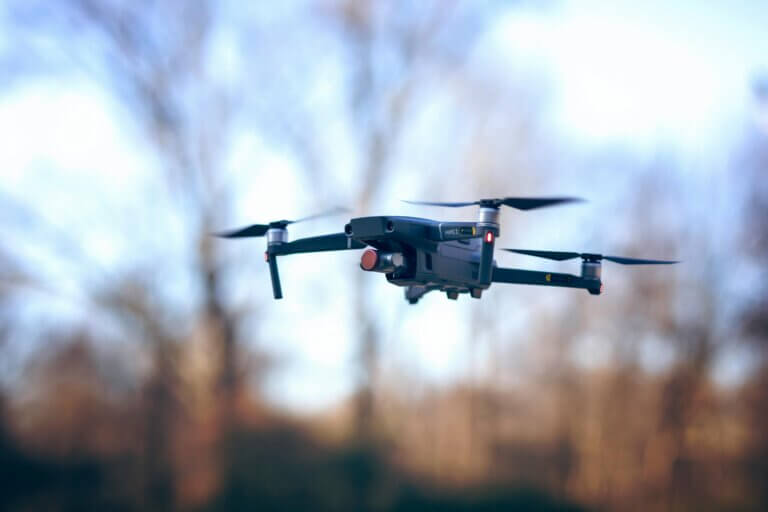
Agricultural and forestry use
Typical drone applications in this area include wildlife detection, wildlife damage documentation, land surveying, biomass determination, fertilizer optimization, or increment and crown condition recording. Aerial photography from airplanes, helicopters or satellites has been used for forest inventories for decades. This trend is declining as cheaper and more efficient alternatives are available using unmanned aerial systems.
Utility applications
Unmanned aerial systems regularly inspect and monitor our utility assets to ensure timely maintenance of power lines, wind turbines and photovoltaic systems. In the event of a power outage, drones can easily and efficiently inspect facilities, reducing costs and safety risks.
Use in Video Production
Many film productions have been using drones for years as a flexible alternative to helicopters. The reason, as in agriculture and forestry, is the lower cost.
Rescue missions
Unmanned aircraft systems are often used to search for people because of their ability to search large areas in a short period of time. Drones are also often used to inspect damaged or collapsed buildings, increasing the safety of emergency responders.
Use in the Construction Industry
Daily, weekly or monthly construction progress and a complete overview of the construction site can be quickly created using drone footage. This not only saves on labor costs, but also creates security in the event of a dispute – the drone is an incorruptible witness and critical control point. The unmanned aerial system has also revolutionized surveying by redefining traditional topographic mapping. The result: an accurate and detailed map of the environment.
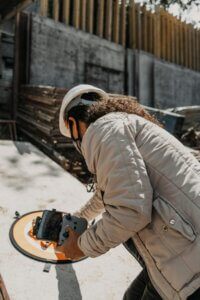
Shipping and logistics applications
From taking inventory to organizing products, drones have become an integral part of some companies’ work environments. They fly down long aisles, scan goods, and get the lay of the land. Drones also play a (smaller) role in delivery. For example, medicines and food have been delivered to various people by drone. This means that help can be provided quickly – even in places that are difficult to access.
Military use
Drone missions in the military sector are nothing new. The main aim of these missions is to provide images that enable a comprehensive overview of the surroundings. Used to monitor the situation on the ground and in remote areas, unmanned aerial systems provide protection for troops on the ground and can increase the safety of the population.
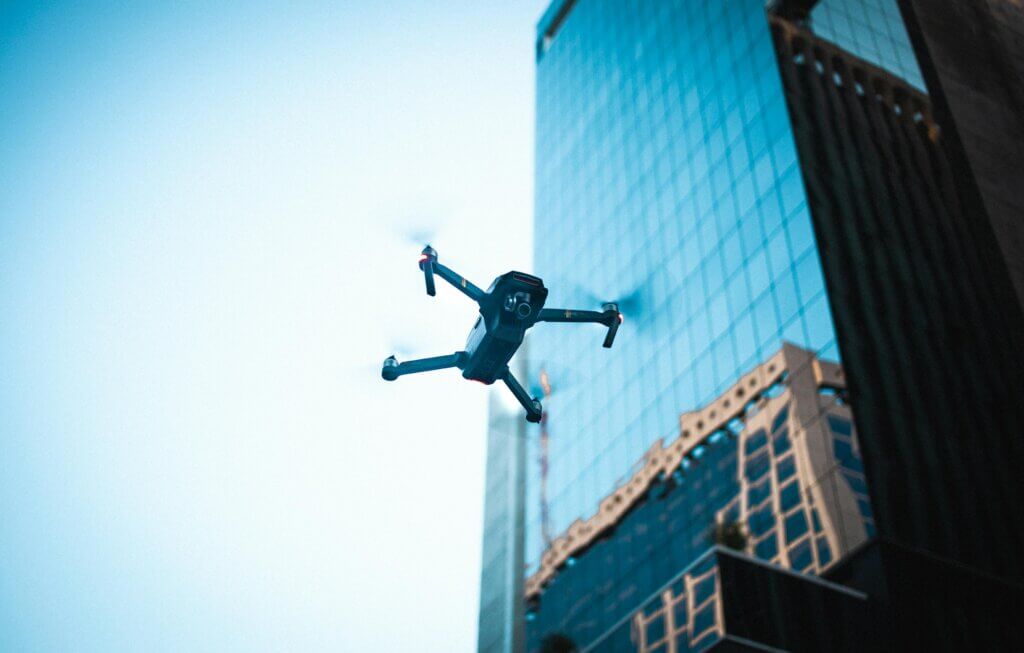
Use in the real estate
Surprisingly, the real estate industry is the winner when it comes to drone use. There are thousands of real estate companies around the world that use drones for marketing purposes on an hourly basis. This has created its own professional niche: hundreds of thousands of drone pilots provide aerial photography, videography, and mapping exclusively for this industry, which almost relies on it as a selling point.
These are just a few application scenarios for the use of drones, but the possible uses are incredibly diverse.
The ultimate must-have for drone pilots: Drone Controller Chest Pack
The Drone Controller Chest Pack is designed for professional drone controllers. Both hands are free while flying the drone. This increases safety, especially in difficult terrain, and ensures that field equipment remains within easy reach. The Drone Controller Chest Pack is compatible with backpacks and can easily be worn underneath them. The drone controller is held in place by a super-comfortable Comox Harness, which can also be used to attach other work tools. The straps and hinges are flexible and adjustable to provide a comfortable and ergonomic position for any body size.
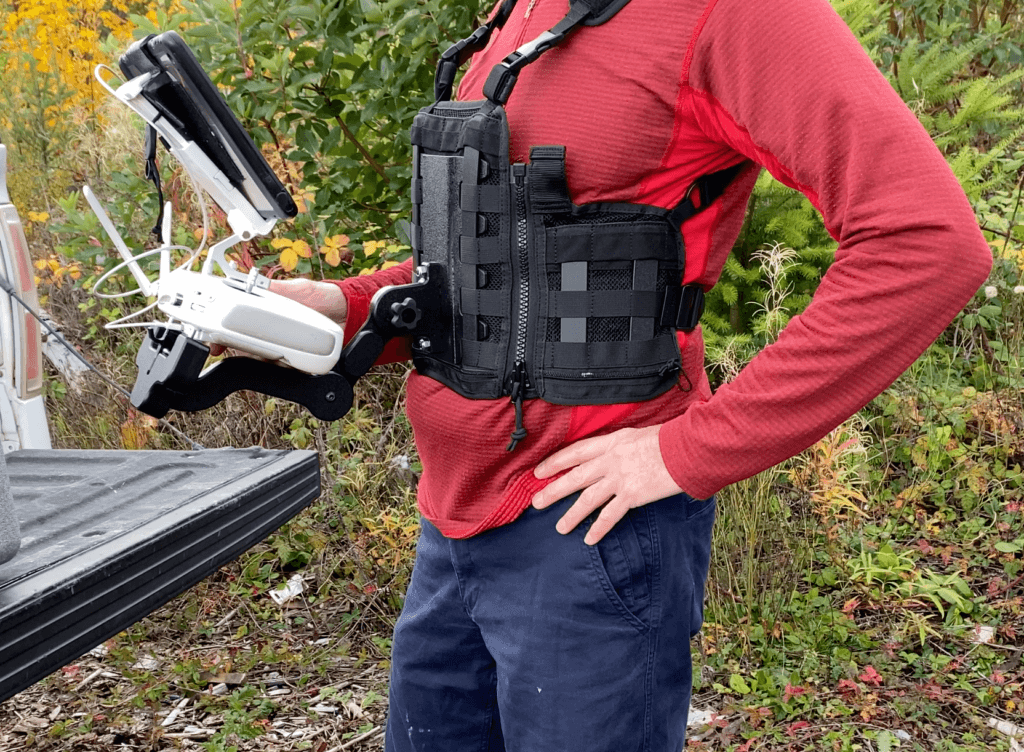
In addition, the Comox Harness uses a MOLLE compatible system to attach bags, holsters and backpacks to the harness. The mesh harness is well ventilated and multi-adjustable for optimal comfort. All of these benefits of a drone controller chest pack increase the efficiency and productivity of any drone pilot. Four different versions are available for leading drones:
- DJI M300 Drone Controller Chest Pack
- DJI Cendence Drone Controller Chest Pack
- Drone Controller Chest Pack for DJI Phantom / Inspire
- Drone Controller Chest Pack for Smart Controller
Other variants are conceivable and can be realized on request, even for small minimum order quantities.
Conclusion
Drones have evolved from purely recreational devices into versatile and indispensable tools that play a crucial role in many areas. Whether for inspecting infrastructure, in agriculture, in rescue services, in the construction industry or in the military – the possible applications are diverse and efficient. Uniform regulations in the EU ensure that drone pilots can operate safely and responsibly. With the right accessories, such as the Drone Controller Chest Pack, work can be further optimized and made safer.
The future of drone technology promises many more exciting developments that will continue to revolutionize our work processes.
Further information on our chest packs can be found at https://www.werocktools.com/accessories/product_category-bags-backpacks-or-tablet-chest-packs/
Interested in more efficiency and safety? Get a no-obligation consultation on our Drone Controller Chest Pack and find out how this accessory can make your work easier. https://www.werocktools.com/contact/

